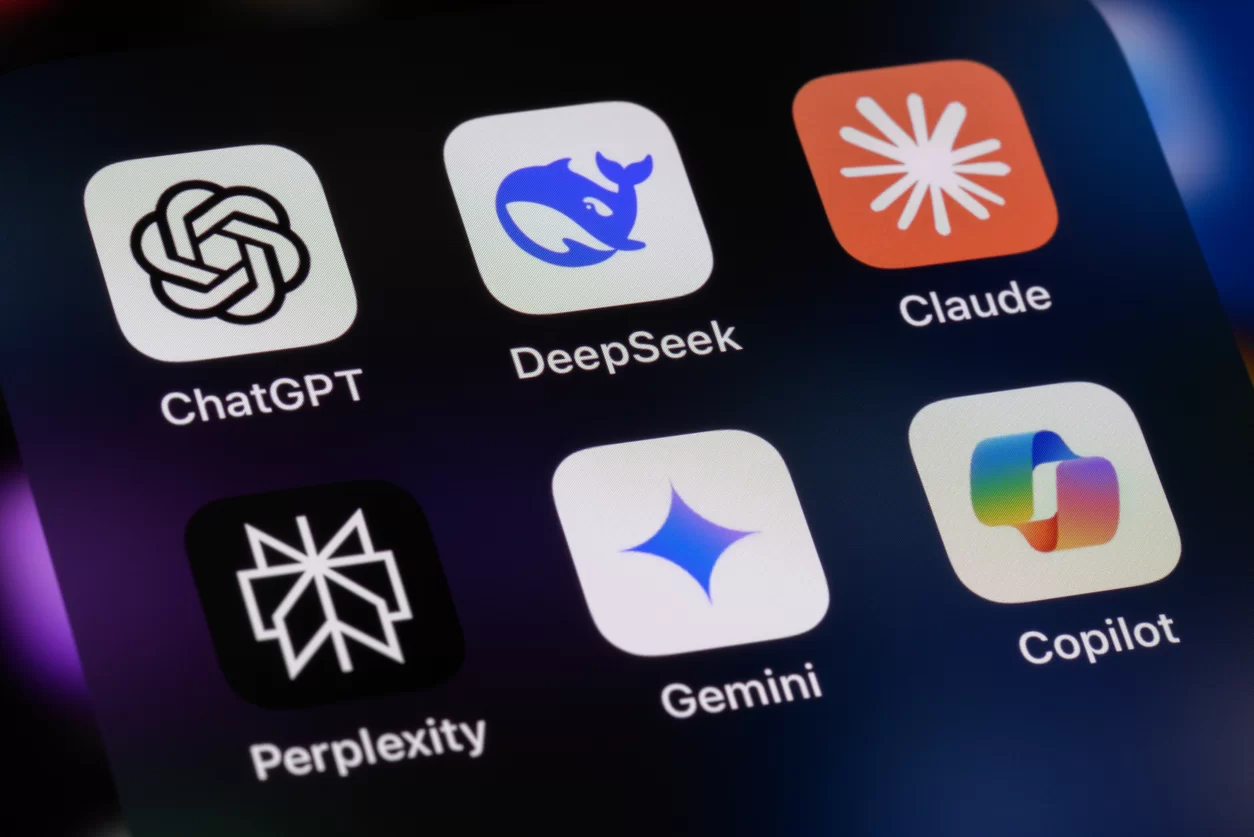- Sunday, April 27, 2025

By: Vibhuti Pathak
Artificial intelligence has revolutionised the way humans interact with machines, and AI-driven chatbots have become increasingly sophisticated.
Among the most notable AI models today are DeepSeek and ChatGPT. While both are designed to process and generate human-like text, they differ significantly in their approaches, applications, and underlying technologies. This article explores these differences, helping users understand which model best suits their needs.
1. Core Technology and Architecture
DeepSeek and ChatGPT are built on different AI architectures. ChatGPT, developed by OpenAI, is based on the GPT (Generative Pre-trained Transformer) framework. It uses deep learning techniques to generate human-like responses by predicting the next word in a sentence based on context.
DeepSeek, on the other hand, leverages a distinct AI model that incorporates advanced natural language processing (NLP) techniques. While both rely on large-scale datasets, DeepSeek’s model may prioritize structured data retrieval over open-ended text generation.
2. Training Data and Scope
ChatGPT is trained on a diverse range of internet text, covering topics from literature to science, coding, and general knowledge. OpenAI ensures it follows ethical guidelines and removes harmful or biased content.
DeepSeek, however, may have a different approach to data curation, possibly emphasizing specialized datasets for more accurate information retrieval. This distinction makes ChatGPT a powerful conversationalist and content generator, while DeepSeek may excel in research-oriented and fact-based responses.
3. Applications and Use Cases
ChatGPT is widely used for creative writing, customer service, education, and casual conversations. Its ability to engage in long-form discussions, provide coding assistance, and generate fictional content makes it versatile.
DeepSeek, in contrast, may be more focused on information retrieval, data-driven decision-making, and structured responses, making it suitable for industries requiring precise factual accuracy, such as finance, law, or medicine.
4. Conversational Ability and Tone
One of ChatGPT’s defining features is its conversational ability. It mimics human-like dialogue, adapts to different tones, and engages users in meaningful discussions. It can create humor, express empathy, and provide explanations tailored to different audiences.
DeepSeek, while also an advanced AI, might prioritise factual correctness over engaging conversation. This means ChatGPT is ideal for storytelling, brainstorming, and casual chats, whereas DeepSeek may be better for straight-to-the-point, factual inquiries.
5. Ethical Considerations and Limitations
OpenAI has implemented strict moderation policies to prevent ChatGPT from generating harmful, misleading, or biased content. However, since it relies on internet data, it may sometimes produce inaccurate or subjective answers.
DeepSeek’s approach to bias mitigation and ethical AI use might differ, depending on its design principles and the data it prioritizes. Users should be aware of these limitations when choosing between the two.
Conclusion
Both DeepSeek and ChatGPT serve valuable roles in the AI landscape. ChatGPT’s strengths lie in creativity, engagement, and adaptability, making it ideal for content creation and interactive applications.
DeepSeek, on the other hand, may cater to fact-driven industries where precision and structured information retrieval are paramount. Understanding their differences can help users leverage AI effectively based on their specific needs.